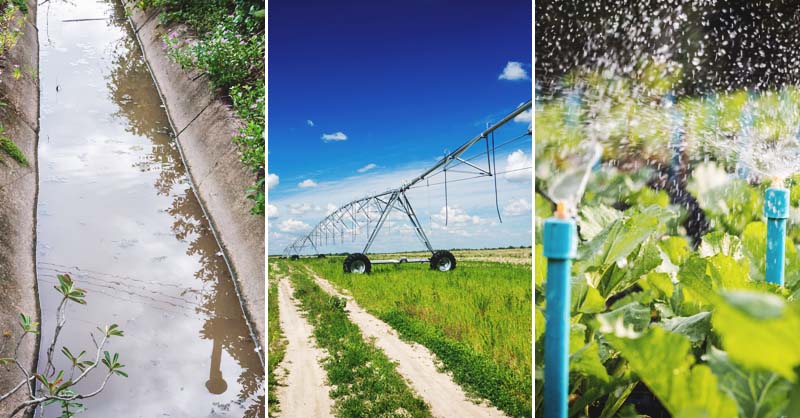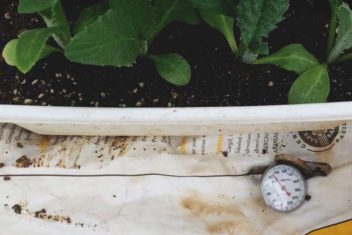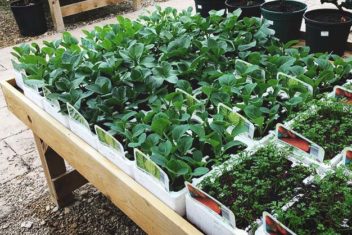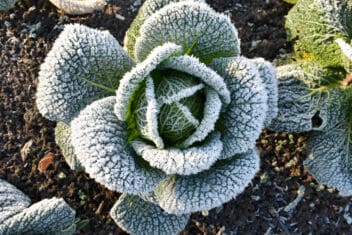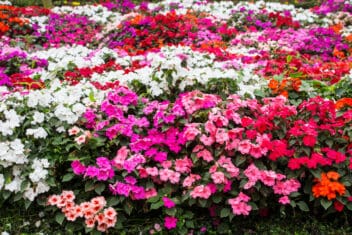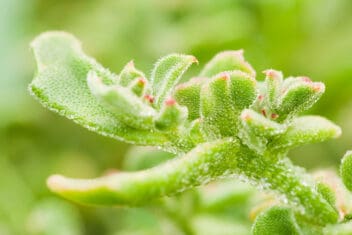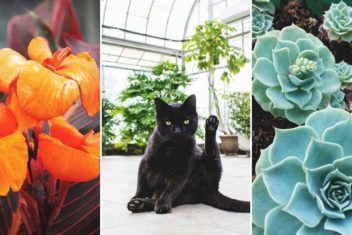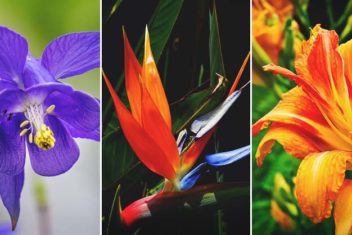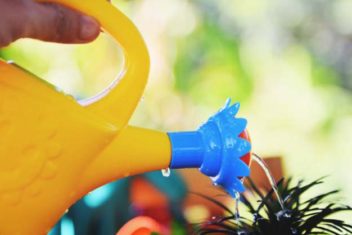If you have been trudging around your homestead for any amount of time with a bucket or hosepipe, you would at some time have considered a better solution – something like an irrigation system.
By first understanding the full gamut of irrigation systems, it will help you decide which is right for you and then help you focus your research.
Irrigation systems can be difficult to discern. There are main categories that branch off into header categories, and by digging a little further, you find the subcategories of irrigation systems (which is what most people are interested in.)
Some systems are great for small gardens, while others work best for large commercial agriculture set-ups.
I’m going to walk you through each type of irrigation system to give you a better understanding and hopefully help you make a better-educated decision before investing in an irrigation system for your homestead.

Two Types of Irrigation Systems
All irrigation systems fall into one of two categories: low flow or high flow irrigation. Low flow irrigation systems are when water is slowly dripped into or on top of the soil of your garden.
If you choose a high flow system, this is when water is applied at a faster pace with much more water pressure.
Which system to choose will have more to do with your preference than anything. If you’re watering large areas of land, a high flow irrigation system may be your better bet because you can water more, faster.
If you’re working with smaller areas, interested in using rainwater to water your plants, or if you’re interested in conserving water, a low flow would be your best option.
Irrigation System Specifics
Once you understand the two types of irrigation systems, it’s essential to understand a few other ‘umbrella’ terms.
They’re terms used to describe multiple irrigation systems. By understanding these terms, it can help you further narrow down what you may be looking for when choosing an irrigation system.
1. Subsurface Irrigation
Subsurface irrigation is when the irrigation system is buried beneath the soil. The water is applied directly to the roots of the plant.
We will discuss subsurface irrigation options more in-depth in the next section, but a few examples of subsurface irrigation are a soaker hose set-up or drip irrigation. These are low flow options of irrigation.
2. Localized Irrigation
Localized irrigation is when water is pushed through pipes to reach the plants. It’s usually above the surface but waters the plants without getting the foliage wet.
This is a good option because if the foliage of the plants remains dry, there’s less chance for mold and other diseases to form. Drip irrigation is another example of this style of irrigation system.
Common Irrigation Systems
You now know some of the broad categories and terms for irrigation systems. Let’s get down to the nitty-gritty to figure out which irrigation systems are available to suit your needs:
1. Soaker Hoses
Soaker hoses are hoses that have multiple holes placed in them from tip to tip. The water seeps through the holes in the hose to moisten the soil.
You can bury the hoses or leave them on top of the ground. By placing them underground you’re allowing water to reach the roots directly. A timer can be added to your water source to make watering even easier.
2. Drip Irrigation
Drip irrigation is also known as a trickle irrigation system. The water slowly drips from the hose.
This gives small amounts of water over time but keeps your plants properly watered without using mass amounts of water at one time. This is a great irrigation system option for vertical gardens.
3. Spray Irrigation
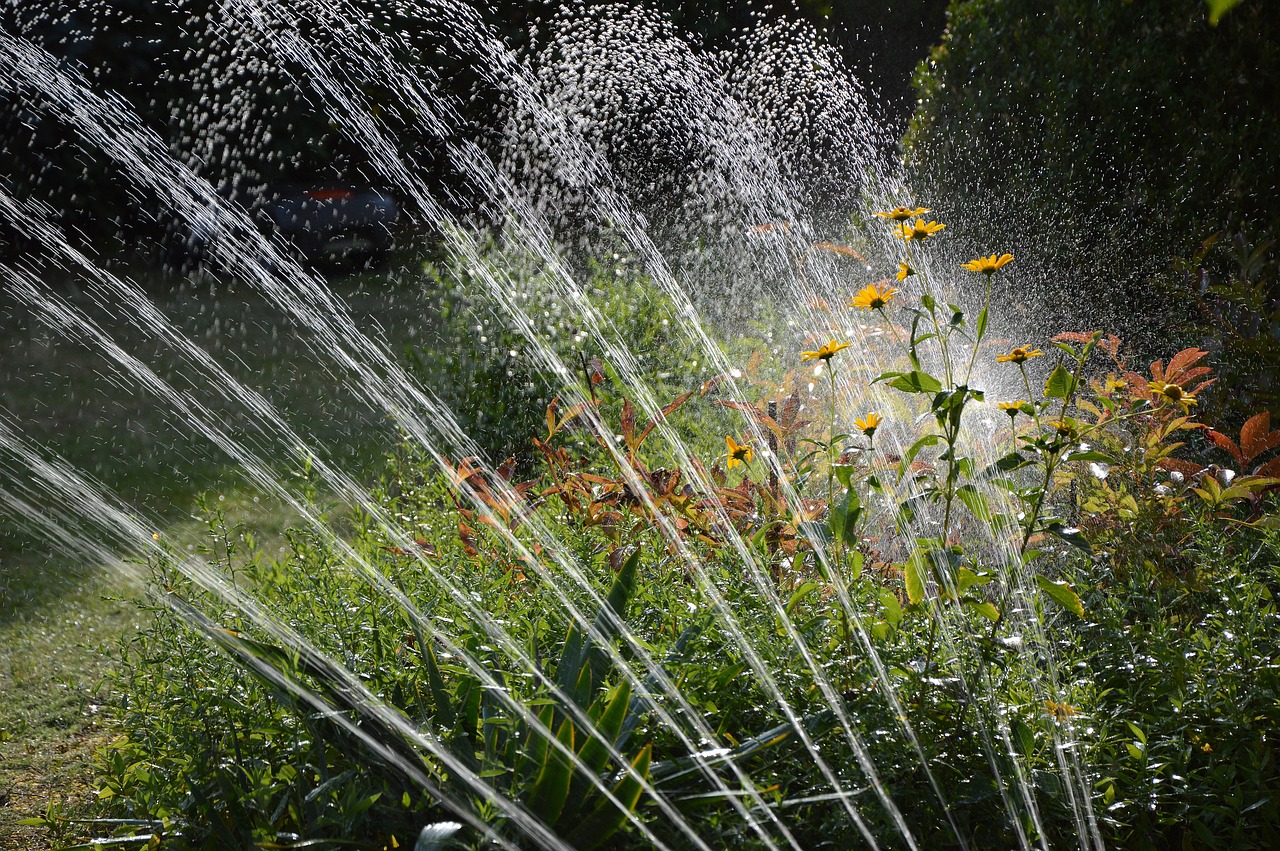
Spray irrigation is more commonly known as a sprinkler system. You can choose sprinklers which will make a full or half circle. They also have sprinklers that pop-up out of the ground during watering times and go back down when finished.
Sprinkler irrigation systems use more water and do best when used on flat ground. They’re a great option if you have a larger garden to water and don’t want to spend hours on end watering it by hand.
4. Rotor Systems
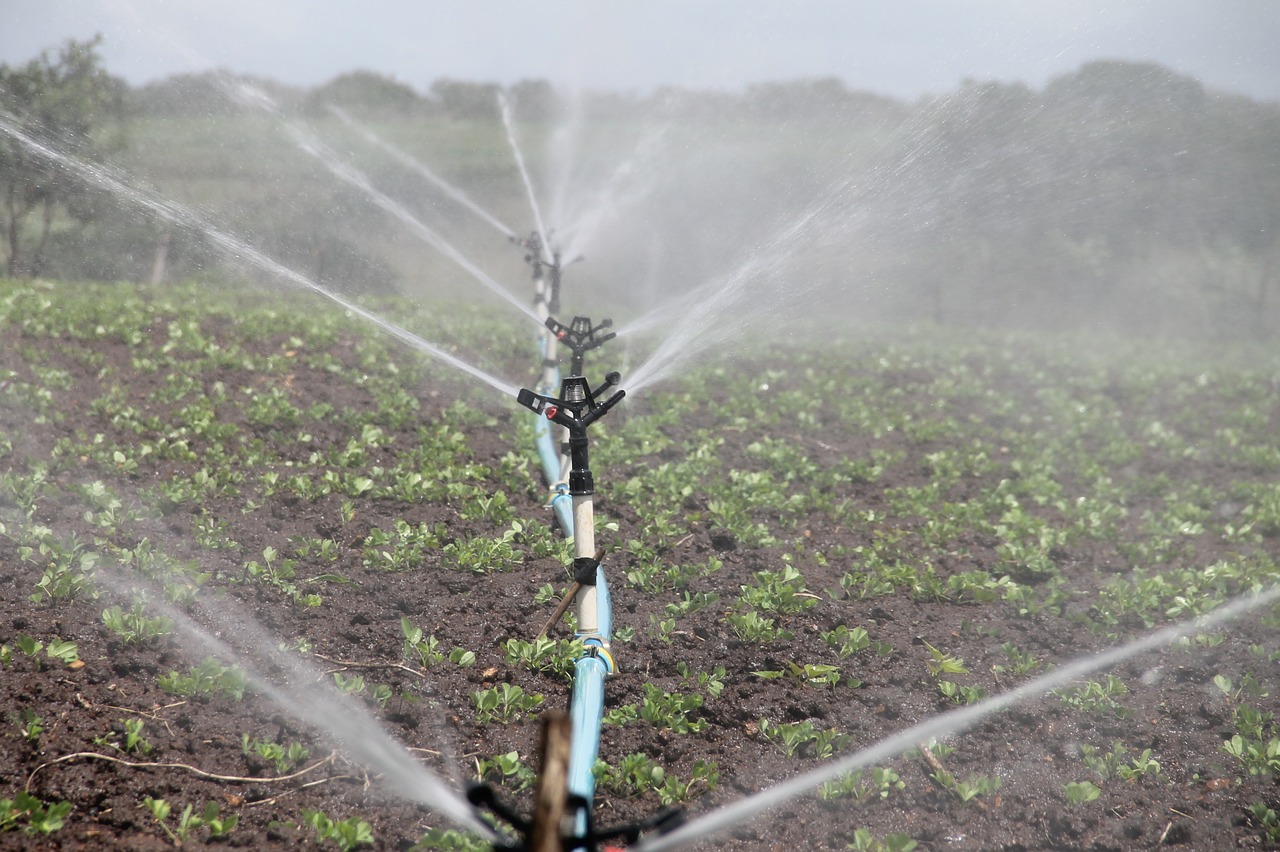
Rotor systems are a great option if you’re trying to water a more extensive garden. We grow multiple large gardens each year.
I use a mixture of sprinkler irrigation and rotor irrigation because it allows me to water the gardens quickly. Rotor systems have rotating heads that spray water across large distances.
5. Surface Irrigation
Surface irrigation is one of the oldest irrigation styles in the history of agriculture. It uses the slope of the land to water. You’ll dig out tunnels where water can flood through and moisten your crops naturally.
You can use rainwater in this style of irrigation, but you must be careful not to flood your crops in the process. Plus, you must have land which has the proper slope for this style of irrigation to work.
6. Buried Reservoirs
If you prefer to use an irrigation system that requires little maintenance and doesn’t require you to turn the water on or off for the watering to take place, this could be your irrigation preference.
With this method, vessels are buried underground. You can use ollas, water jugs, or even cat litter containers with holes poked in it. If the vessel isn’t clay, you must poke holes for water to seep through. The water keeps the ground moist and should be refilled when the water has been absorbed into the soil.
7. Center Pivot Irrigation
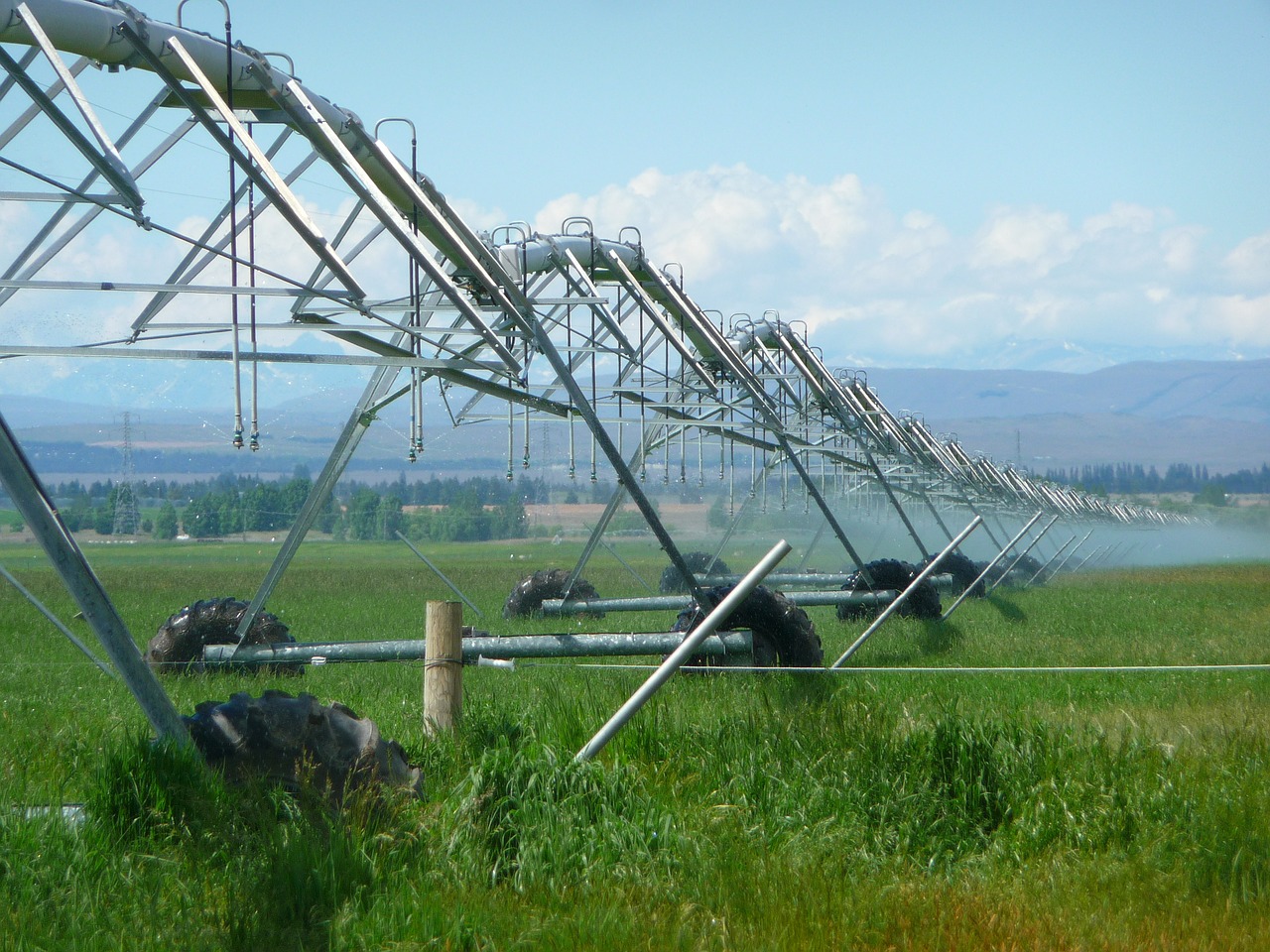
If you’re working with large amounts of land which must be watered, you may need a commercial-style irrigation system.
Center pivot irrigation is a set of large sprinklers that move on a large tower with wheels. It’s best for flat land, but the towers roll along and water the crops in the process.
8. Lateral Move Irrigation
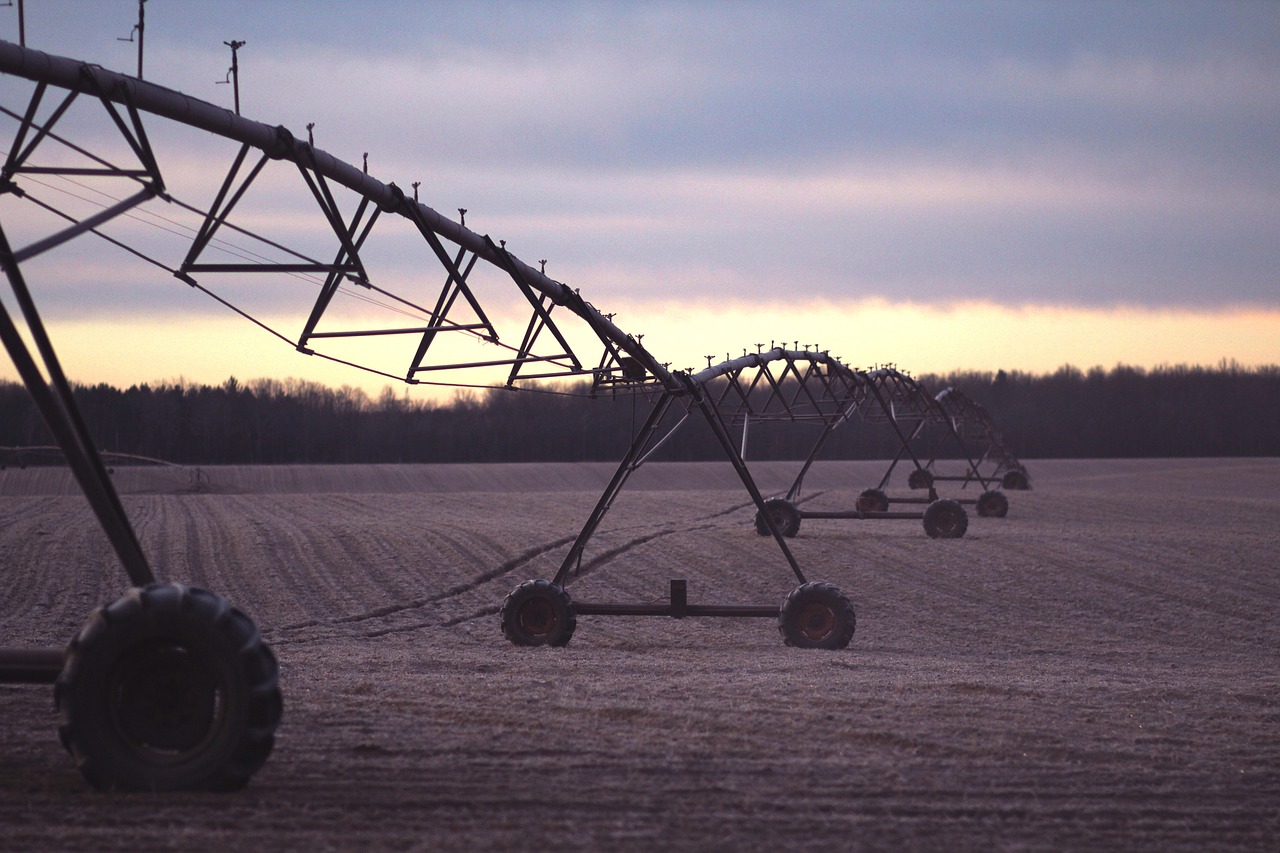
Lateral move irrigation is another irrigation system that works best for big farm settings. It’s like the center pivot irrigation in the way it works.
It’s a set of sprinklers that move across the field on wheels. However, it requires manual labor because the machine runs on water hoses. When it reaches the length of one set of water hoses, it must be manually connected to the next set.
9. Manual Irrigation
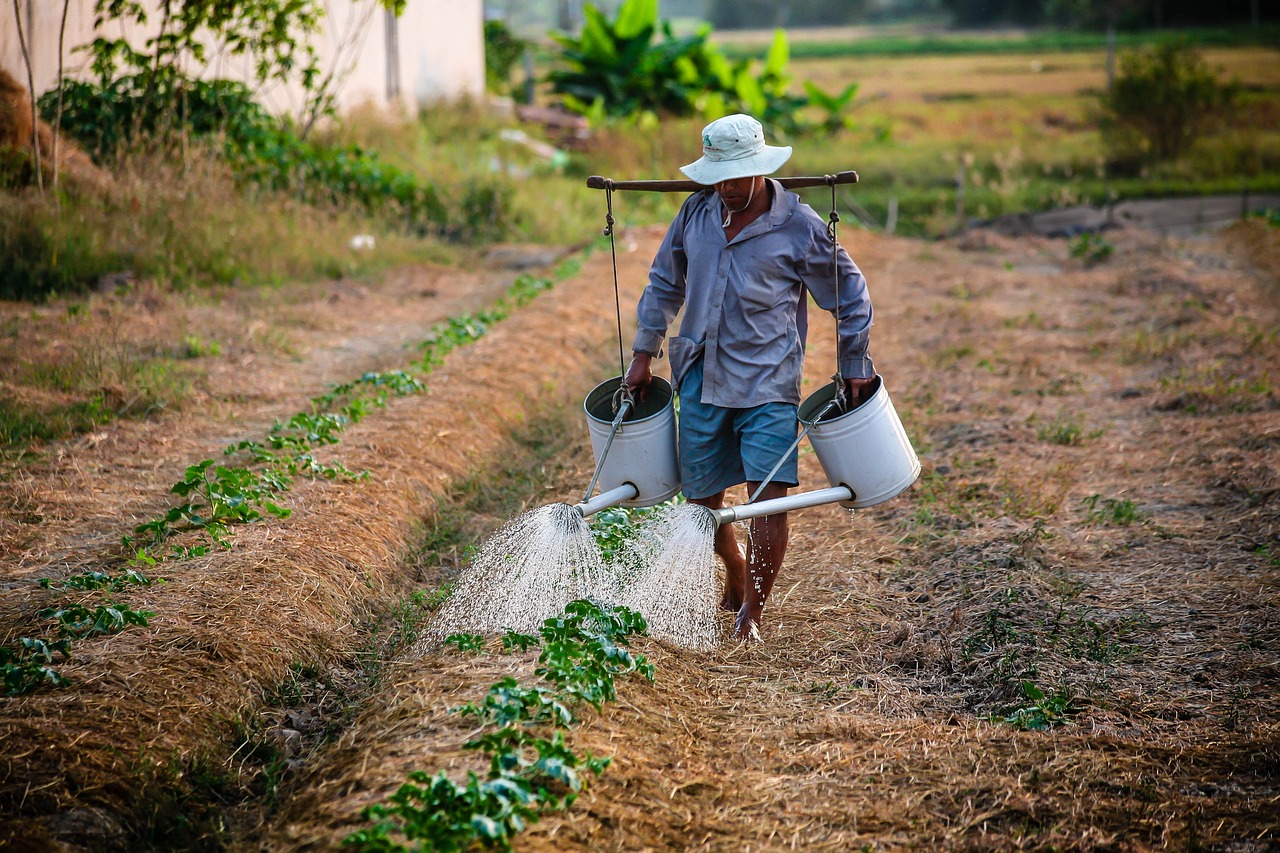
I doubt you’re looking for a manual irrigation option if you’re considering installing an irrigation system. Yet, this must be mentioned to give you every option for an irrigation set-up around your garden or farm.
Manual irrigation is watering everything by hand with a watering can or hose. It’s going to be your cheapest option but will require much more manual labor.
There you have it! You now know about the two main categories of irrigation systems, some ‘umbrella terms’ for irrigation systems, and have 9 different options for irrigation systems to use around your property.
Hopefully, this will help you to make a more informed decision as to which set-up would work best for your gardening situation. Though irrigation systems frequently require labor and funds to get started, they can make your life much easier when growing crops.
